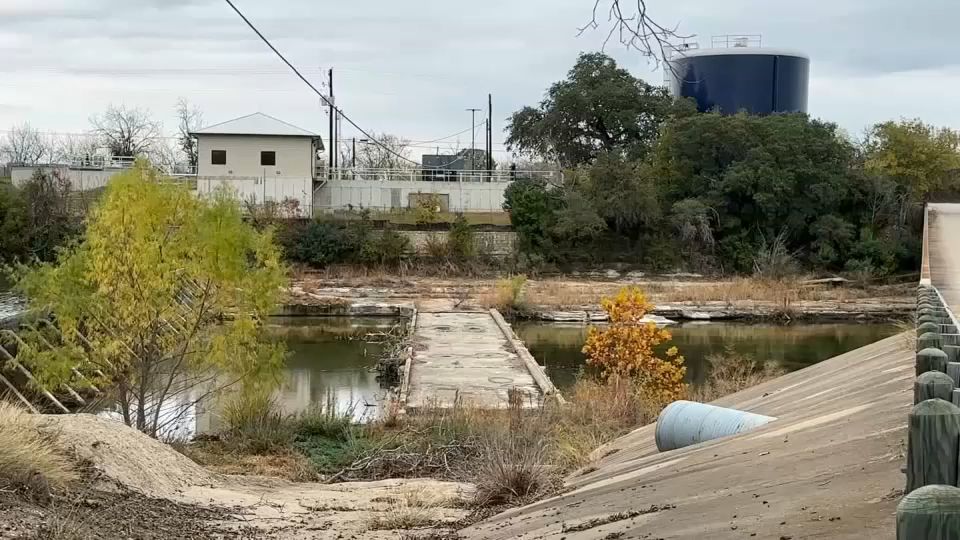AUSTIN, Texas — One of Gov. Greg Abbott’s emergency items for the current session of the Texas Legislature concerns upgrades to the state’s water infrastructure. He’s seeking to increase the state’s investment in water by allocating $1 billion a year for 10 years to tap into new water supplies and repair existing pipes to save billions of gallons of water each year.
“We need to Texas size that investment,” Abbott said during his State of the State address on Sunday.
The need is urgent according to Texas Agriculture Secretary Sid Miller. Miller says the state is running out of water for crops and livestock. And with more than a thousand people a day moving to Texas, the need for water will only grow — as will the search for solutions.
“Reservoirs will be a part of that answer. But I think what the Legislature is also looking at is how we can lean into innovation in technology. What we’re talking about here is desalination, water reuse, conservation, fixing leaking pipes,” said Jeremy Mazur, director of natural resources policy with Texas 2036.
Julie Nahrgang with the Water Environment Association of Texas says there needs to be support for sustained funding and flexible spending in water infrastructure.
“The Texas Water Development Board (is) essentially the lending entity that oversees the disbursement of a lot of water loans and grants. They need to have maximum flexibility of where to put that money so that it best serves Texans,” said Nahrgang.
But not everyone thinks reservoirs are the best answer.
The Marvin Nichols Reservoir is a nonexistent structure that looms over the constituents in Republican Rep. Gary VanDeaver’s northeast Texas district.
“That reservoir represents one of the largest, the largest land grab in Texas history,” said VanDeaver.
The reservoir has been part of the state’s water plan since the late 1960s as a solution to the growing need for water miles away in the Dallas-Fort Worth Metroplex. In January, the Texas Water Development Board reported that the reservoir could begin pumping water to DFW within the next 25 years. But the project has been stalled due to opposition from landowners and conservationists.
“The environmental destruction is incalculable. It’s just enormous because you’re flooding some of the richest wildlife lands possible,” said Janice Bezanson with the Texas Conservation Alliance.
This legislative session Rep. VanDeaver is trying to demolish the threat of the reservoir’s existence. He filed two bills. One prohibits an engineering firm from both planning and constructing the reservoir, and the other bill removes a proposed reservoir project from the state water plan if construction has not begun within 50 years of being included in the state plan. That includes the Marvin Nichols Reservoir.
“If something has been in the plan for 50 years and we haven’t had a need to build it, then probably it shouldn’t have been put in the plan 50 years ago,” said VanDeaver.
Because water planning for the state is divided into regions, a failure to build the reservoir won’t preclude statewide water sourcing.
“One regional planning group sees it as necessary and another regional planning group has a totally different vision on it because it does involve eminent domain and it does involve potential buying out of property and using that space,” said Nahrgang.
There is a legislative proposal to buy water from neighboring states, such as Arkansas, in order for Texas to meet its needs, but there is also a focus on cleaning and reusing the water the state already has.

